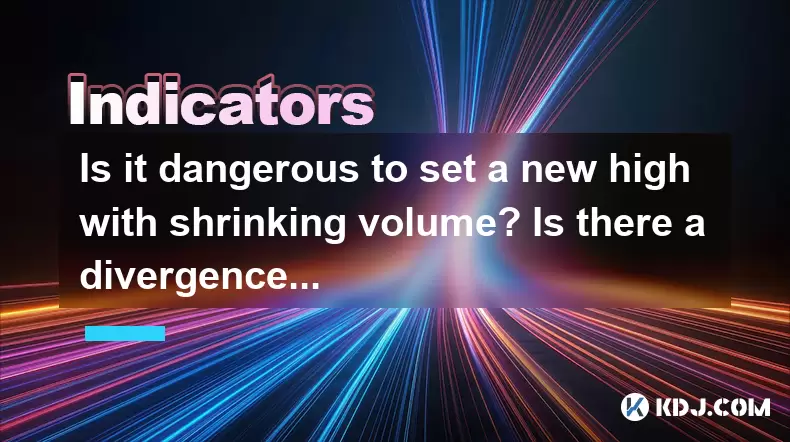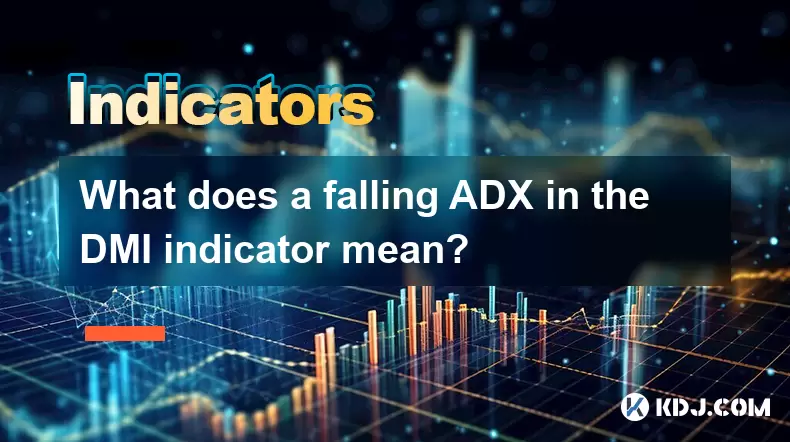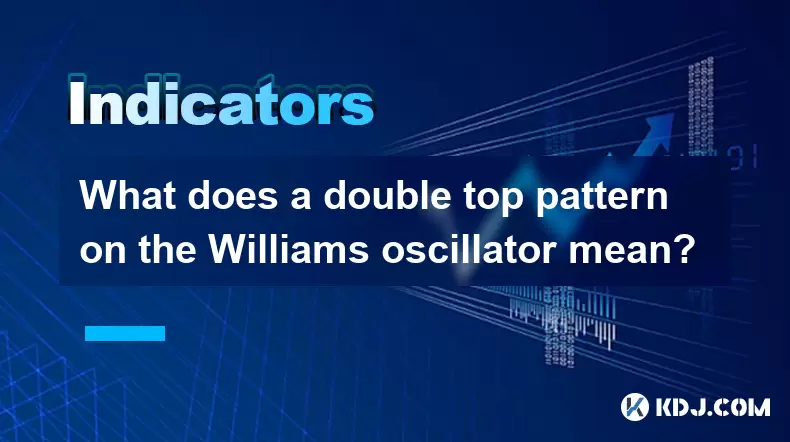-
 Bitcoin
Bitcoin $116700
0.24% -
 Ethereum
Ethereum $3973
4.34% -
 XRP
XRP $3.283
7.68% -
 Tether USDt
Tether USDt $1.000
0.01% -
 BNB
BNB $789.8
2.27% -
 Solana
Solana $176.2
3.31% -
 USDC
USDC $0.9999
0.00% -
 Dogecoin
Dogecoin $0.2238
5.14% -
 TRON
TRON $0.3389
-0.51% -
 Cardano
Cardano $0.7907
4.03% -
 Stellar
Stellar $0.4527
10.02% -
 Hyperliquid
Hyperliquid $41.07
4.27% -
 Sui
Sui $3.794
1.77% -
 Chainlink
Chainlink $19.49
10.40% -
 Bitcoin Cash
Bitcoin Cash $580.9
0.74% -
 Hedera
Hedera $0.2617
4.32% -
 Avalanche
Avalanche $23.41
3.67% -
 Ethena USDe
Ethena USDe $1.001
-0.03% -
 Litecoin
Litecoin $122.4
1.38% -
 Toncoin
Toncoin $3.364
1.49% -
 UNUS SED LEO
UNUS SED LEO $8.988
0.37% -
 Shiba Inu
Shiba Inu $0.00001295
2.82% -
 Uniswap
Uniswap $10.62
5.75% -
 Polkadot
Polkadot $3.922
4.46% -
 Dai
Dai $1.000
0.01% -
 Bitget Token
Bitget Token $4.494
2.15% -
 Monero
Monero $268.0
-1.30% -
 Cronos
Cronos $0.1523
3.68% -
 Pepe
Pepe $0.00001127
4.43% -
 Aave
Aave $285.4
4.85%
Is it dangerous to set a new high with shrinking volume? Is there a divergence between volume and price?
A new high with shrinking volume in crypto can signal weak demand and potential price drops; traders should consider taking profits or setting stop-losses.
Jun 01, 2025 at 02:57 am

Understanding Volume and Price in Cryptocurrency
In the cryptocurrency market, volume and price are two critical indicators that traders and investors closely monitor. Volume represents the total number of coins or tokens traded within a specific period, while price is the value at which these assets are exchanged. The relationship between these two metrics can provide valuable insights into market trends and potential future movements.
The Concept of Setting a New High with Shrinking Volume
When a cryptocurrency sets a new high with shrinking volume, it means that the asset's price has reached a level higher than any previously recorded, but the trading volume during this period is lower compared to previous peaks. This scenario raises concerns among traders about the sustainability of the price increase. A new high with shrinking volume can be a warning sign that the upward momentum might not be as strong as it appears.
Divergence Between Volume and Price
Divergence between volume and price occurs when these two indicators move in opposite directions. In the context of a new high with shrinking volume, there is a clear divergence: the price is increasing, but the volume is decreasing. This type of divergence suggests that fewer traders are participating in the market at the new high, which can indicate weakening demand and potential vulnerability to a price correction.
Analyzing the Risks of Setting a New High with Shrinking Volume
Setting a new high with shrinking volume poses several risks to traders and investors. Firstly, the lack of strong volume support at a new high can lead to a rapid reversal in price. Without enough buying pressure, the asset may struggle to maintain its new high, leading to a potential drop in value. Secondly, shrinking volume at a peak can signal that the market is running out of steam, with fewer traders willing to buy at higher prices. This can result in a loss of confidence and a subsequent sell-off.
Case Studies of Volume and Price Divergence in Cryptocurrencies
To better understand the implications of setting a new high with shrinking volume, let's examine a few case studies from the cryptocurrency market:
- Bitcoin (BTC) in 2017: During the 2017 bull run, Bitcoin reached an all-time high of nearly $20,000. However, in the weeks leading up to this peak, trading volume began to decline. This divergence between volume and price was a precursor to the subsequent bear market that saw Bitcoin's price plummet to below $3,000.
- Ethereum (ETH) in 2018: Ethereum experienced a similar scenario in early 2018, where it set a new high around $1,400 with noticeably lower volume compared to previous peaks. This divergence signaled a weakening trend, and Ethereum's price eventually dropped to around $80 later that year.
- Litecoin (LTC) in 2019: Litecoin set a new high in June 2019, reaching nearly $140. However, the volume during this peak was significantly lower than during previous highs. This divergence was followed by a sharp decline in price, with Litecoin falling to around $40 within a few months.
Technical Analysis and Indicators
Traders often use technical analysis and various indicators to identify divergences between volume and price. Some commonly used tools include:
- Volume Oscillator: This indicator measures the difference between two moving averages of volume. A negative reading can indicate shrinking volume, which, when paired with a rising price, signals a divergence.
- On-Balance Volume (OBV): OBV is a cumulative indicator that adds volume on up days and subtracts volume on down days. If the price is rising but OBV is falling, it suggests a divergence and potential weakness in the trend.
- Chaikin Money Flow (CMF): CMF combines price and volume to measure the buying and selling pressure. A divergence occurs when the price is increasing but CMF is decreasing, indicating that the price rise is not supported by strong volume.
Strategies for Trading During Volume and Price Divergence
When faced with a scenario where a new high is set with shrinking volume, traders can employ several strategies to manage risk and potentially capitalize on the situation:
- Taking Profits: If you hold positions in the cryptocurrency, consider taking profits at the new high, especially if volume is declining. This can help lock in gains before a potential price drop.
- Setting Stop-Loss Orders: Implement stop-loss orders to protect against significant losses if the price begins to fall after reaching a new high with shrinking volume.
- Waiting for Confirmation: Instead of entering new positions at the peak, wait for confirmation of continued upward momentum through increased volume. This can help avoid buying at the top of a potentially unsustainable rally.
- Shorting the Market: For more experienced traders, shorting the market can be a strategy to profit from a potential price decline following a new high with shrinking volume. However, this approach carries significant risk and should be approached cautiously.
Frequently Asked Questions
Q: Can a new high with shrinking volume ever be a positive sign?
A: While it is generally viewed as a bearish signal, a new high with shrinking volume can sometimes indicate that the market is consolidating and preparing for another leg up. However, this scenario is less common and requires careful analysis of other market indicators to confirm.
Q: How can I differentiate between normal volume fluctuations and a significant divergence?
A: To differentiate between normal fluctuations and significant divergence, consider the historical context and use technical indicators. Look for consistent patterns of volume decrease as prices rise, and compare current volume levels to previous peaks to gauge the severity of the divergence.
Q: Are there any specific time frames where volume and price divergence is more reliable?
A: Volume and price divergence can be observed across various time frames, but it is often more reliable on longer time frames such as daily or weekly charts. Shorter time frames like hourly charts can be more susceptible to noise and less reliable for identifying significant divergences.
Q: What other factors should I consider alongside volume and price when analyzing the market?
A: Alongside volume and price, consider factors such as market sentiment, news and events, on-chain metrics, and macroeconomic trends. These can provide a more comprehensive view of the market and help validate or contradict signals from volume and price divergence.
Disclaimer:info@kdj.com
The information provided is not trading advice. kdj.com does not assume any responsibility for any investments made based on the information provided in this article. Cryptocurrencies are highly volatile and it is highly recommended that you invest with caution after thorough research!
If you believe that the content used on this website infringes your copyright, please contact us immediately (info@kdj.com) and we will delete it promptly.
- Roman Storm, Funding Effort, and the Looming Defense Retrial: A New York Minute on the Tornado Cash Case
- 2025-08-09 02:50:14
- Crypto's Wild Ride: XRP, Dogecoin, and the Altcoin Surge You Can't Ignore
- 2025-08-09 02:50:14
- Elon Musk, Bitcoin, and the Enduring Power of Approval: A Crypto Love Story?
- 2025-08-09 03:50:15
- Ruvi AI: The Next Big Thing After Ripple on CoinMarketCap?
- 2025-08-09 03:50:15
- Floki Price Surges: Elliott Wave and Fibonacci Setups Point to Potential Gains!
- 2025-08-09 02:30:16
- Pepe Price, RTX (Remittix?) & the $10K ETH Dream: NYC Crypto Chatter
- 2025-08-09 02:30:16
Related knowledge

What does it mean when the TRIX indicator suddenly diverges downward after a long period of convergence?
Aug 09,2025 at 12:56am
Understanding the TRIX Indicator in Cryptocurrency TradingThe TRIX indicator, or Triple Exponential Average, is a momentum oscillator used in technica...

Why is the rise limited after a MACD bottoming divergence?
Aug 09,2025 at 12:07am
Understanding MACD Bottoming Divergence in Cryptocurrency TradingThe MACD (Moving Average Convergence Divergence) is a widely used technical indicator...

What does it mean when the OBV continues to rise but the price is trading sideways?
Aug 08,2025 at 10:35pm
Understanding On-Balance Volume (OBV)On-Balance Volume (OBV) is a technical indicator that uses volume flow to predict changes in stock or cryptocurre...

What does a falling ADX in the DMI indicator mean?
Aug 09,2025 at 03:16am
Understanding the ADX and DMI Indicator FrameworkThe DMI (Directional Movement Index) is a technical analysis tool developed by J. Welles Wilder to id...

What does a double top pattern on the Williams oscillator mean?
Aug 09,2025 at 02:36am
Understanding the Williams %R OscillatorThe Williams %R oscillator is a momentum indicator developed by Larry Williams to identify overbought and over...

What is a nonce and how is it used in Proof of Work?
Aug 04,2025 at 11:50pm
Understanding the Concept of a Nonce in CryptographyA nonce is a number used only once in cryptographic communication. The term 'nonce' is derived fro...

What does it mean when the TRIX indicator suddenly diverges downward after a long period of convergence?
Aug 09,2025 at 12:56am
Understanding the TRIX Indicator in Cryptocurrency TradingThe TRIX indicator, or Triple Exponential Average, is a momentum oscillator used in technica...

Why is the rise limited after a MACD bottoming divergence?
Aug 09,2025 at 12:07am
Understanding MACD Bottoming Divergence in Cryptocurrency TradingThe MACD (Moving Average Convergence Divergence) is a widely used technical indicator...

What does it mean when the OBV continues to rise but the price is trading sideways?
Aug 08,2025 at 10:35pm
Understanding On-Balance Volume (OBV)On-Balance Volume (OBV) is a technical indicator that uses volume flow to predict changes in stock or cryptocurre...

What does a falling ADX in the DMI indicator mean?
Aug 09,2025 at 03:16am
Understanding the ADX and DMI Indicator FrameworkThe DMI (Directional Movement Index) is a technical analysis tool developed by J. Welles Wilder to id...

What does a double top pattern on the Williams oscillator mean?
Aug 09,2025 at 02:36am
Understanding the Williams %R OscillatorThe Williams %R oscillator is a momentum indicator developed by Larry Williams to identify overbought and over...

What is a nonce and how is it used in Proof of Work?
Aug 04,2025 at 11:50pm
Understanding the Concept of a Nonce in CryptographyA nonce is a number used only once in cryptographic communication. The term 'nonce' is derived fro...
See all articles

























































































